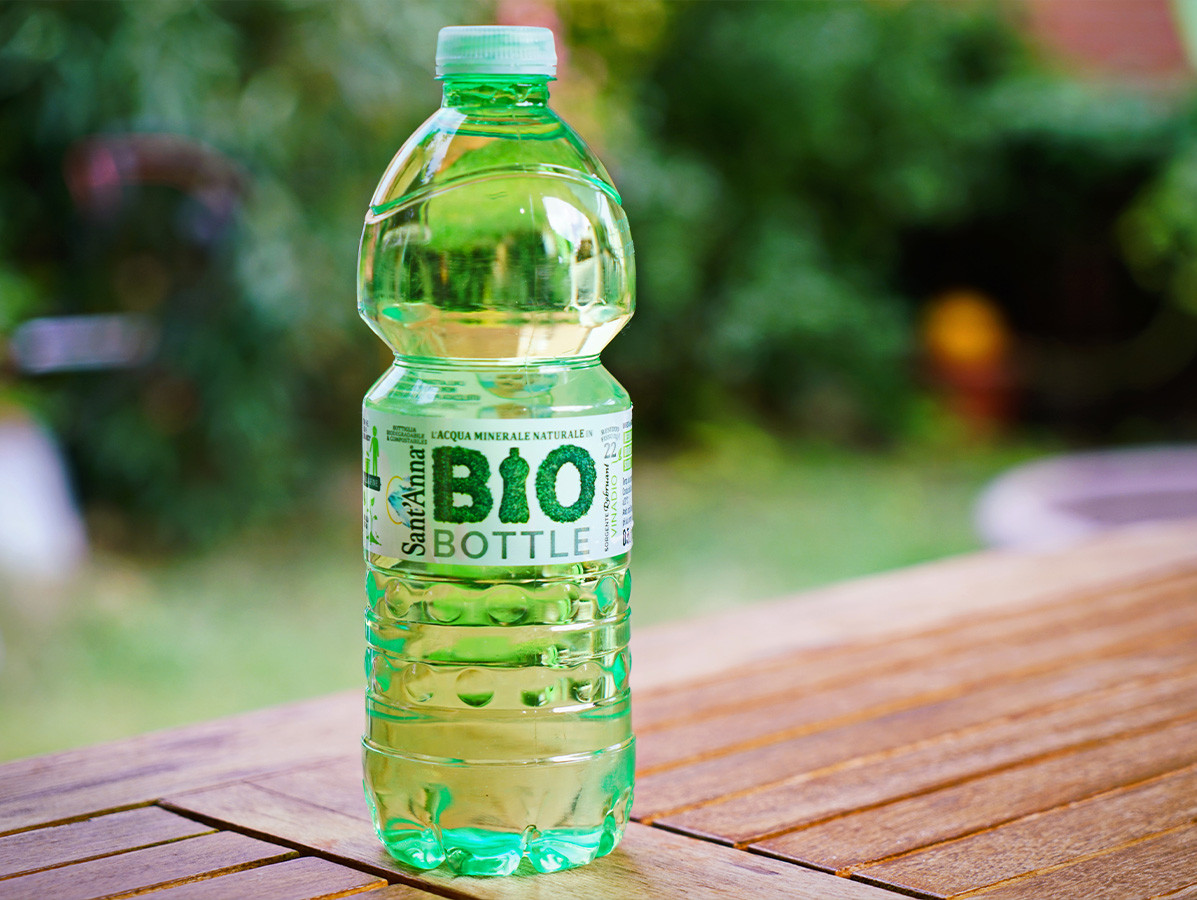
With unchanged policies, global plastic production is likely to triple by 2100. By fully powering a circular biobased plastics industry with emission-free electricity, and by abandoning waste incineration, the sector could become a form of carbon storage. This is the finding of researchers from the Netherlands Environmental Assessment Agency (PBL), Utrecht University, the Dutch Sustainable Energy Association (NVDE) and TNO in the journal Nature.
Never before has the plastics sector been worked out in detail. Therefore, using a new model, the researchers examined four scenarios for the global plastics sector for the first time. These show that a high price for greenhouse gas emissions alone is not enough to make the plastics sector switch from fossil-based to bio-based and circular bioplastics. Climate policies may even lead to additional dumping of plastic in landfills, as it does not lead to CO2 emissions and is cheaper than other forms of waste disposal.
A scenario with additional policies aimed at a circular plastics sector highly encourages plastic recycling and reduces resource use. It also further reduces CO2 emissions from the plastics sector until 2050 and prevents large-scale landfill. Focusing purely on circularity would lead to insufficient CO2 emission reductions in the second half of the century, as plastic's function as a biogenic (and therefore non-fossil) carbon store is less utilised. Moreover, there is not enough plastic waste available to meet the growing demand for plastic through recycling. Therefore, a fully circular plastic sector is only possible by reducing the demand for plastic.
A circular plastics sector that also makes use of bio-based feedstock offers great potential to achieve negative emissions, through biogenic carbon sequestration. Combining biobased feedstock with emission-free electricity, high-quality recycling and minimising waste incineration makes the sector potentially a form of carbon sequestration. By 2050, 13% of biomass currently earmarked for energy generation could be used as feedstock for plastics. If all plastic production until 2100 were biobased with a useful life of tens to hundreds of years, the equivalent of nine times today's annual energy-related greenhouse gas emissions would theoretically be sequestered.
However, to achieve a high share of recycling, better waste collection and sorting, and better circular product design are needed. In addition, more effort should be put into chemical recycling.
Image: MikeDotta/Shutterstock.com
Source: PBL